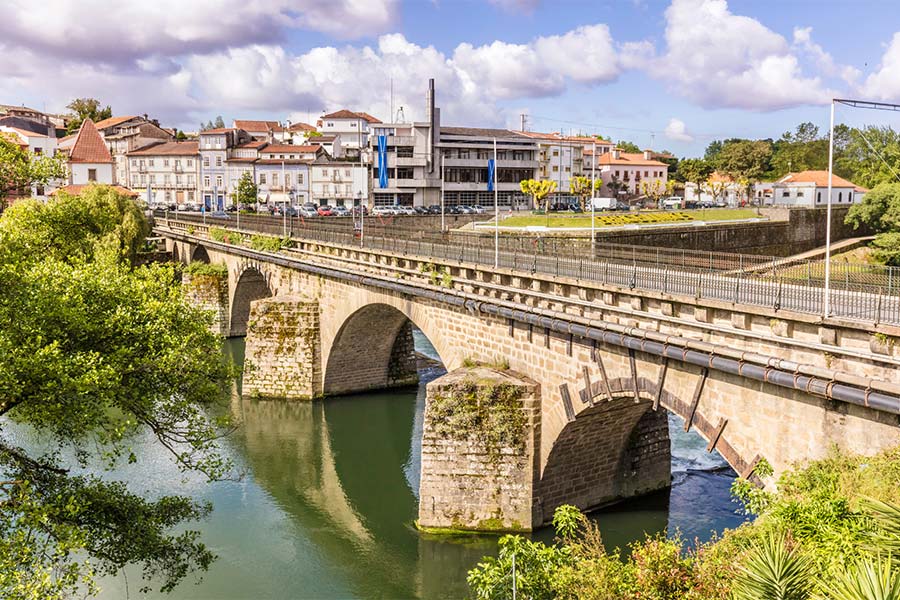Our Living Labs
Vigo (Spain)


Vehicles
2 CAV of SAE level 3-4
Duration
6 to 7 months of setup for the use case demonstration and 2 months for demonstration and data collection
Partners
Use Case:
1. Mutual awareness CCAM fleet-infrastructure (traffic and operation)-other users (CCAM or not).
The LL will enhance data interchange among vehicles, infrastructure and pedestrians or cyclists, building a precise virtual map shared among all the connected users.
2. Management strategy adapted to CCAM based on vehicle-to-infrastructure (V2I) interaction
The use case will provide regulation in the traffic light network to raise the capacity of the urban network by enabling a more efficient performance of CCAV fleets by proposed services.
Objectives
- Enable and analyze data and information interchanged among the CCAV fleets, Traffic Infrastructure and other users (connected or not)
- Define, deploy and test traffic management strategies on urban roads that enable smooth, balanced, safer and more efficient operation of the CCAV in coexistence with other users.
- Study the safety and efficiency impact of CCAM and global traffic quality improvement.

See other Living Labs

Tampere (Finland)
Trikala (Greece)
Turin (Italy)

See also follower Living Labs











